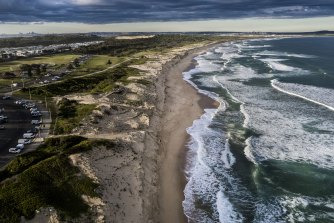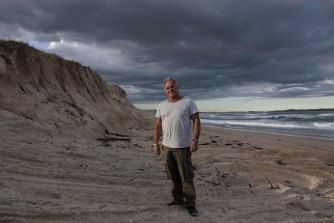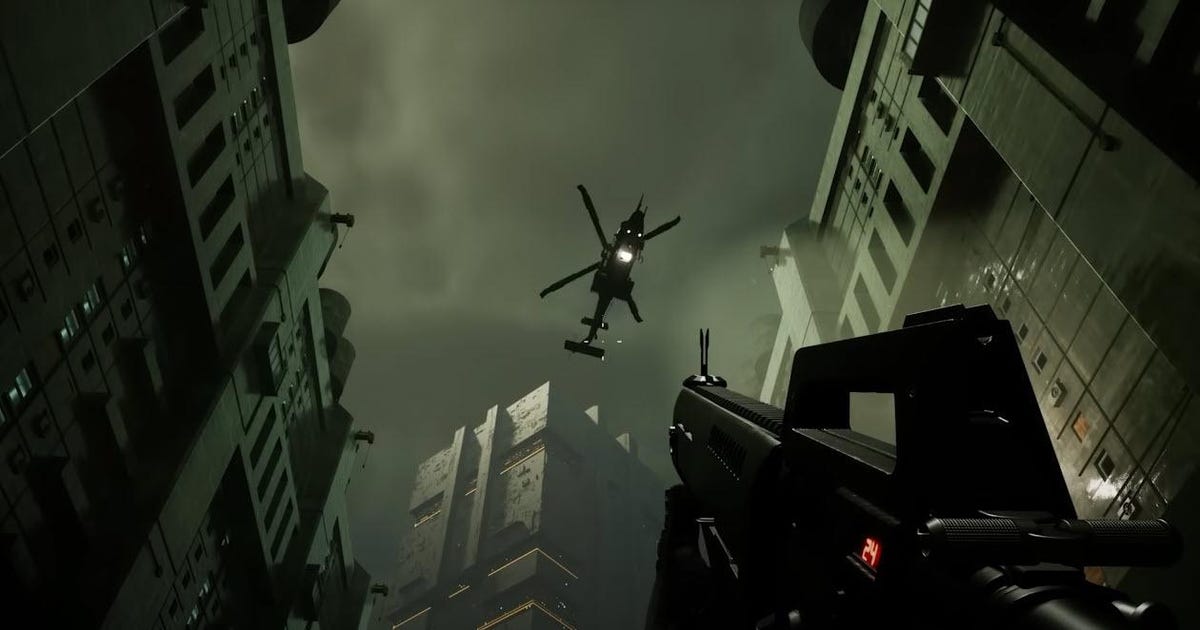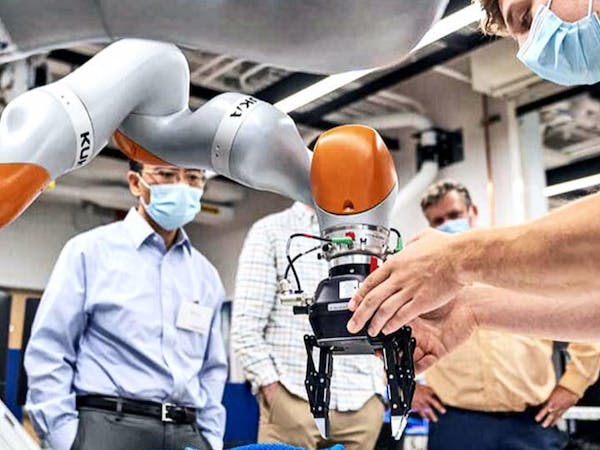Probably not the craft for those new to the rabbit hole of Star Citizen given it is a land-locked combat vehicle and the game spans primarily across the stars – but for those looking to factor in land combat in the early Star Citizen experience, Cloud Imperium Games has another unit up for pledge sale which may or may not be of interest to you. The Anvil Centurion, pitched as a “tactical solution for short-range anti-aircraft engagement” is now available to Star Citizen backers to pledge towards.
Defined as a ‘medium-sized’ anti-aircraft vehicle capable of going 35 m/s with 2x crew members (Driver & Gunner) – the tank will see you pew-pewing enemies with 1x S3 Laser Repeater and 4x S4 Laser Repeaters. Furthermore, you can customize your craft with four different paint jobs – from the classic ‘Base’ gray style to the sandy-brown ‘beach head style’. There are two standalone purchase options for the Anvil Centurion. Pricing here in Australia for the Warbond Edition including Lifetime Insurance in return for using all real cash will set you back $104.50 USD, while using any amount of store credit will jump the price to $121.00 USD.



Promoted features of the Anvil Centurion include:
ANTI-AIRCRAFT TURRET
The Centurion’s custom anti-aircraft rig is factory equipped with four Size 4 Klaus & Werner laser repeaters. Lock down combat zones by rendering close-range airborne attacks all but moot, and never worry about downtime due to jams or reloading
AUXILIARY TURRET
The Centurion tackles ground targets and keeps its crew safe in hot combat zones thanks to its formidable auxiliary turret, factory equipped with a Size 3 laser repeater from Hurston Dynamics.
NO-FLY ZONE
When deployed alongside its Atlas Platform relative, the potent long-range Ballista, you can lock down any battlefield location by creating a no-fly zone the enemy won’t dare breach.
If the Anvil Centurion catches your eye, you can learn more about it by clicking HERE.
In development by Cloud Imperium Games and their studios across North America and Europe, Star Citizen is being helmed by Wing Commander (1990s) creator Chris Roberts. The game has currently been in a long-term alpha phase with no confirmed release date. Despite this, the studio has raised more than $435 million USD through on-going crowdfunding. Please keep in mind should you decide to purchase towards Star Citizen, that this is an incomplete project and that you are pledging towards an extended crowdfunding campaign with no 100% guarantee of a finished product.
















